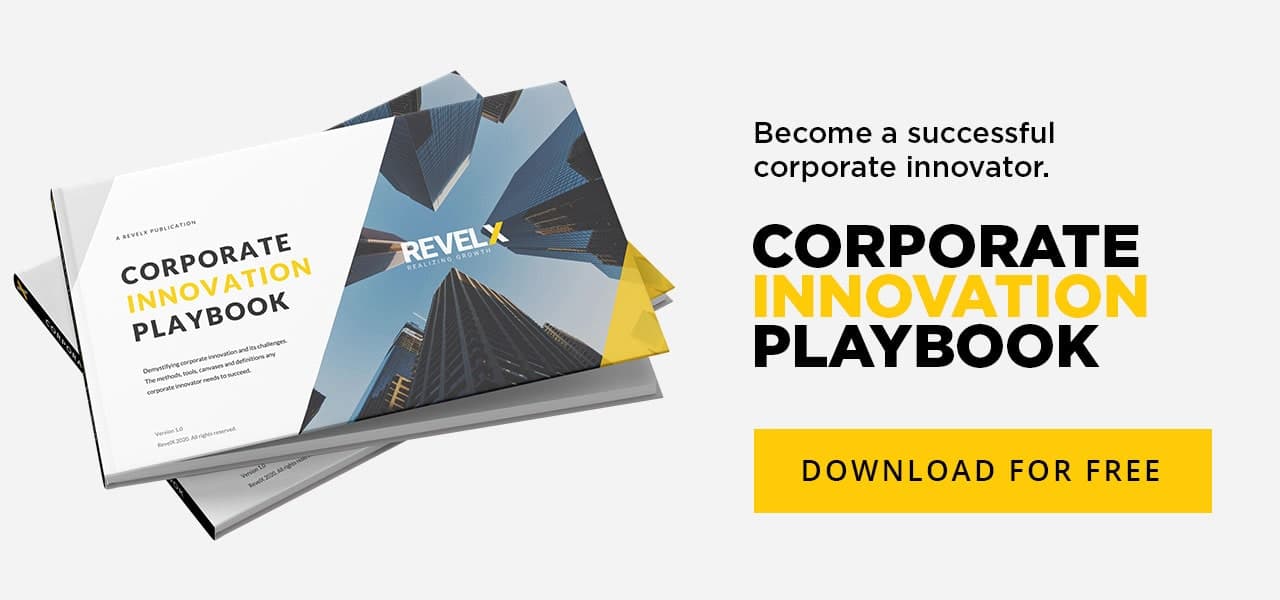Over the last year, I interviewed many CEOs of various international companies, large and small, profit and nonprofit, grownups, and scaleups in all sorts of industries. The leading question was always: “How do you organize your innovation most effectively?” The discussions were confidential, and content was often competitive and market sensitive. The results are short anonymous corporate stories. Honest and insightful. A great way to share knowledge and innovation experience.
A one-man show, in an apparent up-hill battle
An interview with the Chief Innovation Officer of an offshore and transportation company
The company
You could classify our company as a larger SME, with a turnover of €240M and that employs around 1,000 people. We have around 20 ships sailing, of which the majority is active in transportation. The other vessels are workboats for the Oil & Gas and offshore industry. The offshore vessels have large cranes and suction anchors to do work at deep sea conditions.
The company also develops and engineers its own vessels for own use and purpose. New vessels are always needed to meet the continuous demand of clients for lower costs and more efficiency. As we speak, we are amid the process of replacing 6 ships for 10 new ones.
The business problem, stuck in the middle
Both business segments, transportation and offshore, are challenging and simply put not really the right markets to be in.
The transportation business is a high costs business. A lot of engineering is needed to put the goods safely on board. Clients are reluctant to pay for this, resulting in low margins.
In offshore it is not any better. Here we are not an EPC (Engineering, Procurement, Contractor) player. We are just a supplier for large contractors and oil majors like Van Oord, Petrobas, SBM Offshore, Shell, Chevron, etc. We are very dependent on those large contractors.
Planning of these client’s projects is always difficult. Projects get postponed and or accelerated very easily. And the truth is that we are too small to anticipate on these great fluctuations. And too small to take on a larger role in the process. We are not able to get it financed. The only way out of this ‘stuck in the middle’ position is to innovate!
One-man show
I pretty much run a sort of a one-man show in R&D. This is actually the first real job that I started 7 years ago. I am by origin an inventor and started in this job after a failed project that I did free-lance for this company. But next to my one-man band, I have a large flex pool of students at my disposal. Half of them also work on board of the vessels. Innovation or R&D is part of the engineering department, which also gives tension in the workload. We often must do odd jobs for them that distract from the real innovative work.
But despite of the shortage in dedicated innovation manpower, we have an innovation strategy in place, a dedicated budget, and a funnel of 50 great ideas. The corporate and innovation strategy however is not that compelling. In the ideation, everybody in the organization can deliver any sorts of ideas. I am still not sure whether this turns out to be good or bad? It has pros and cons.
Resistance
My greatest achievement is an invention onboard of the vessels. Not to go into difficult technical details, in short it could save 35% fuel consumption for every trip and make it a lot faster. In order to increase and accelerate its adoption, I tried to make it as simple as possible for the captains. The new system could already be activated with just the push of a button.
But still, it took me at least 5 years to get acceptance and adoptation from everybody (as it seems was needed) in the organization. Despite the obvious short-term advantages. It very much seemed that we are dealing here with a not invented here syndrome in a very conservative and regulated (O&G) industry.
The role of sales
One of the things that we have been working on was a new scheduling system. A process innovation including a lot of digitization. The business case proved that if we implemented the new system, we could save in total 2-3 ships! This whole new initiative got opposed and frustrated by sales. The new system made apparently transparent for everybody the many green and white spots in the planning, showing that there was still capacity that could be sold.
Sales was only focused on booking the newer vessels, just to prove that they were right about the choices made in building them in the first place. This type of transparency was unwanted. And at the same time top management turned a blind eye and let it happen. Sales is often the most conservative and short-term minded department in a company. And you cannot even blame them. Their incentives and bonuses are constructed that way.
Big, bigger, biggest
But in terms of resistance, there is even something bigger in the company. Shipping magnates always want bigger ships. This is an emotional rationale… Also in personal life you see that owners of sailboats or motor yachts always strive for larger vessels with more luxury and comfort (if they can afford it). For example, I am fighting all the time with people in the organization that are aiming for huge cranes, able to lift over 3000 tons. Whereas most of the work, 85%, only requires 500 tons. Large is an emotional choice. The rational truth is medium at max. However, in my opinion this is a losing conviction game.
Survival strategy
In order to deal with all these kinds of truths, myths, and beliefs, I have developed some kind of survival strategy. The strategy contains three basic rules, that I think can be helpful for any (innovation) manager that deals with an abundance of resistance:
- choose your battles; pick some core innovations that can make the difference
- change the way of working and in doing so also change the stakeholder game
- put pressure on as many sides as possible, for in practice one side always gives way
But even with all rules in place, you still have to be very cautious. One (unidentified) man can sometimes change the whole scene, negative and or positive. In my case, this worked for me once on the positive side, when one of the more distant shareholders was very receptive to the fuel saving innovation. It gave the final push and pressure needed for execution.
The ‘how to’ topic accrued out of the feedback that we got from readers of the book I have written on innovation with my esteemed colleague Matthijs Rosman called ‘DARE, The Mindset for Successful Innovators in the Digital Age’.
The purpose of the interviews is to create a new publication as successor of DARE. Do you want to join the conversation? Feel free to contact me at eric@revelx.nl.
Eric de Groot
Boardroom strategist with unparalleled creative brainpower. Always focused on growth. Creates speed by combining business modeling with inventive pragmatic solutions. Invests in involvement over a sustained period.
Related posts
Step 1. Why every CEO should play the DisruptR game with their team
DisruptR Game for CEOs fosters strategic innovation. Learn…
June 22, 2025
Innovation governance: Why every CEO needs a Growth Board
Growth Board for CEOs is essential. Discover how this…
June 19, 2025
Why innovation belongs on the CEO agenda
Innovation on the CEO agenda is essential. Explore why…
June 16, 2025




